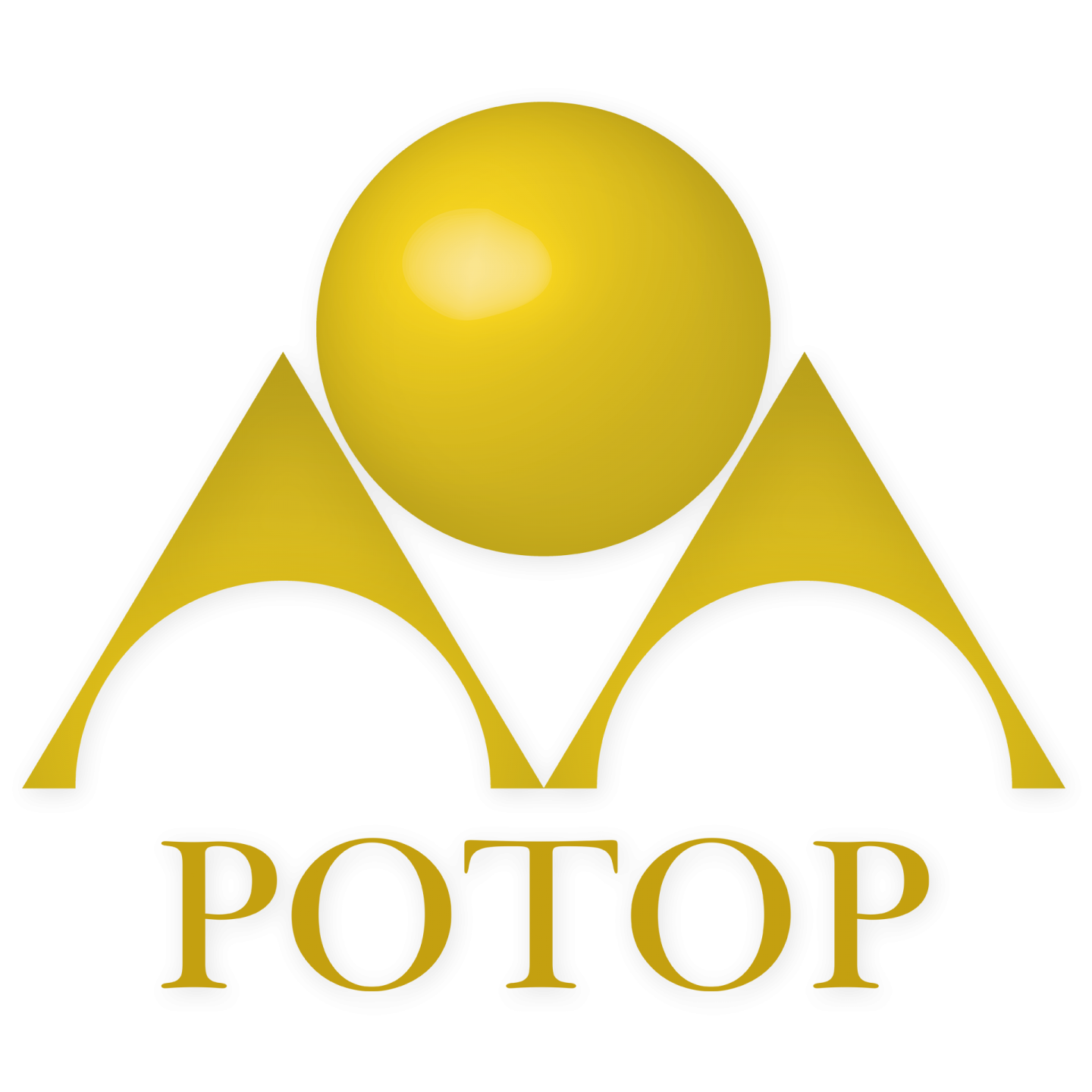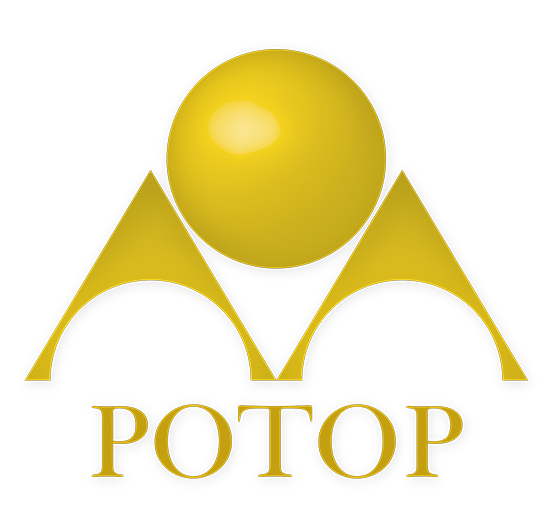A: The 3D imaging function is achieved through several core technologies:
Dual-lens stereoscopic imaging
Two miniature lenses are installed at the probe tip to simulate human eye parallax.
The software then combines the left and right images to create a stereoscopic 3D view.
Structured light / laser projection (in advanced models)
A grid or laser pattern is projected onto the object surface.
By analyzing the deformation of the pattern, the system reconstructs 3D point cloud data for precise measurement.
Software-based reconstruction and measurement
Images are processed with dedicated algorithms to provide distance, angle, and depth measurements, not just a 3D visual effect.
Q: What are the suitable application scenarios?
A: 3D borescopes are widely used in industries that require precise inspection, measurement, and 3D visualization, such as:
Aerospace industry
Inspection of turbine blades and combustion chambers, measuring crack depth and deformation.
Power generation and energy sector
Internal inspection of high-temperature boilers and heat exchanger tubes.
Automotive industry
Cylinder and combustion chamber inspections, assessing carbon deposits or cracks with accurate dimensioning.
Precision manufacturing / quality control
Detecting defects or assembly gaps in small components.
Medical research (non-clinical industrial models)
Some high-end 3D imaging technologies are also adapted to medical borescopes, helping physicians determine lesion depth more accurately.
● Summary
3D borescope imaging is enabled by dual-lens parallax combined with software reconstruction (or structured light), delivering stereoscopic images and measurable depth data.
It is especially suitable for high-precision, high-risk, and non-destructive inspections in aerospace, energy, automotive, and precision manufacturing industries.
Contact Us
Mail toome-top@ome-top.com
 OME-TOP SYSTEMS CO., LTD
OME-TOP SYSTEMS CO., LTD
Tel : +886-2-22880699 (Rep.)Fax : +886-2-22889191
Y. C. HUANG whatsapp : +886-958911847
No.176-1, Zhongshan 2nd Rd., Luzhou Dist, New Taipei City 247, Taiwan.
borescope inspection camera|Video Borescope|Probe of Borescope
Designed by MIRACLEWeb Design
256 bit SSL Encryption
Recommend using Chrome, Firefox, Safari latest version of the browser.
